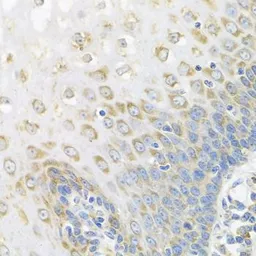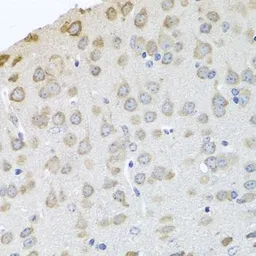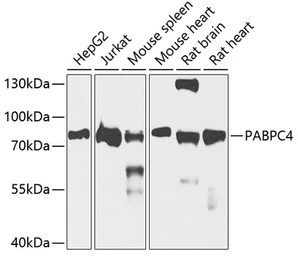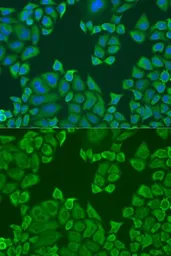PABPC4 antibody
Cat. No. GTX33380
Cat. No. GTX33380
-
HostRabbit
-
ClonalityPolyclonal
-
IsotypeIgG
-
ApplicationsWB ICC/IF IHC-P
-
ReactivityHuman, Mouse, Rat



